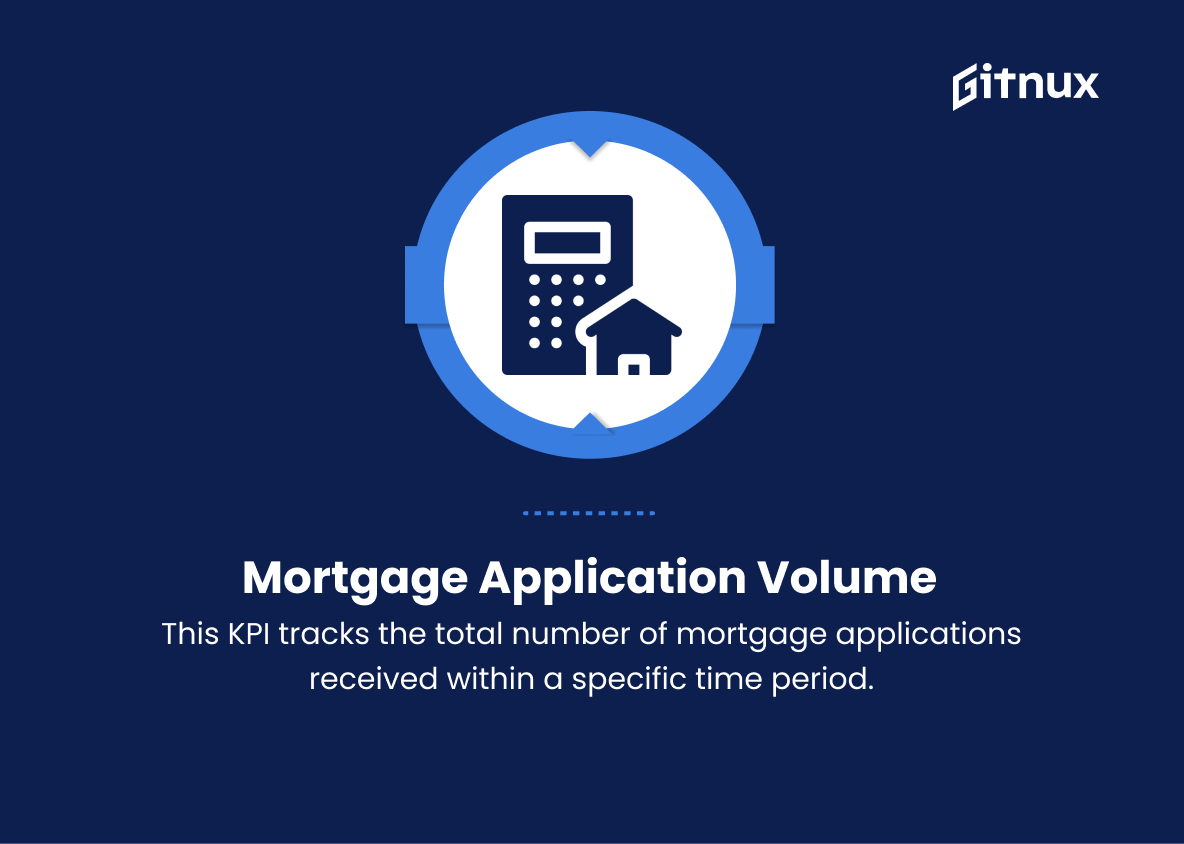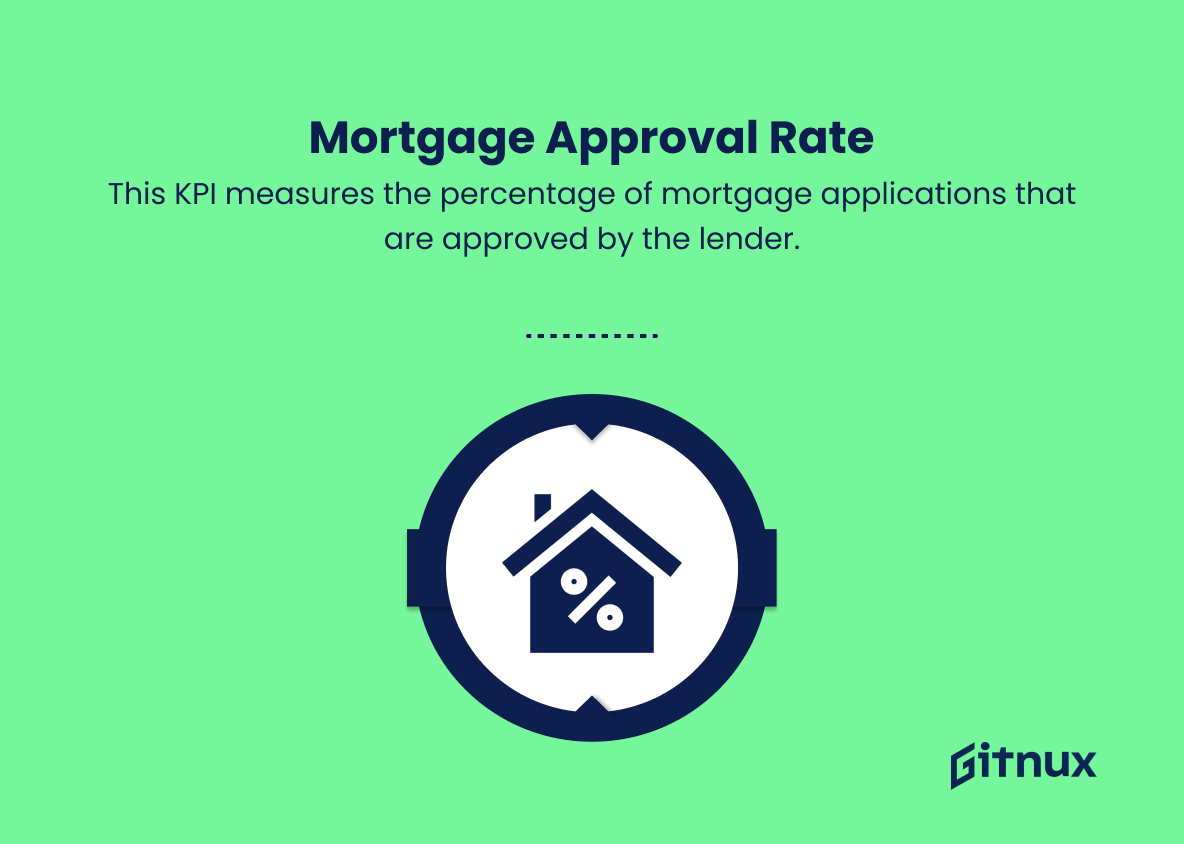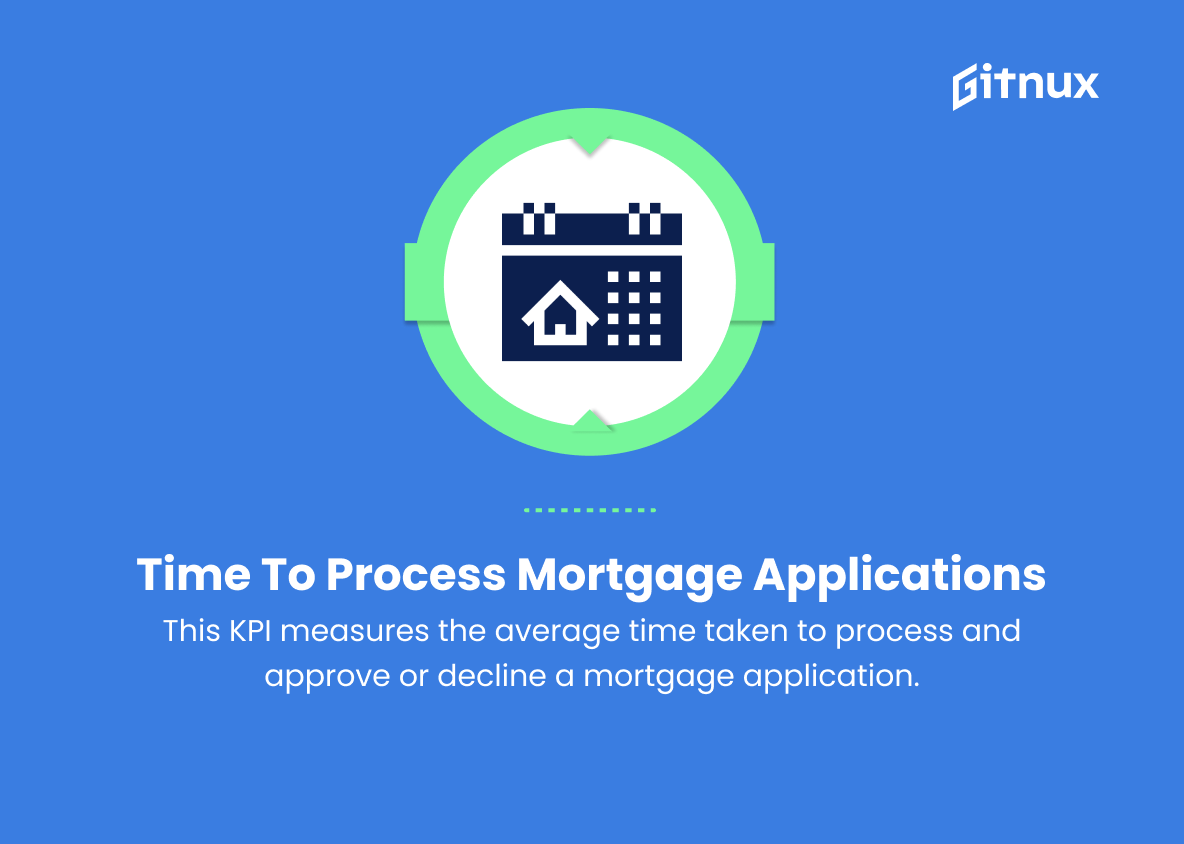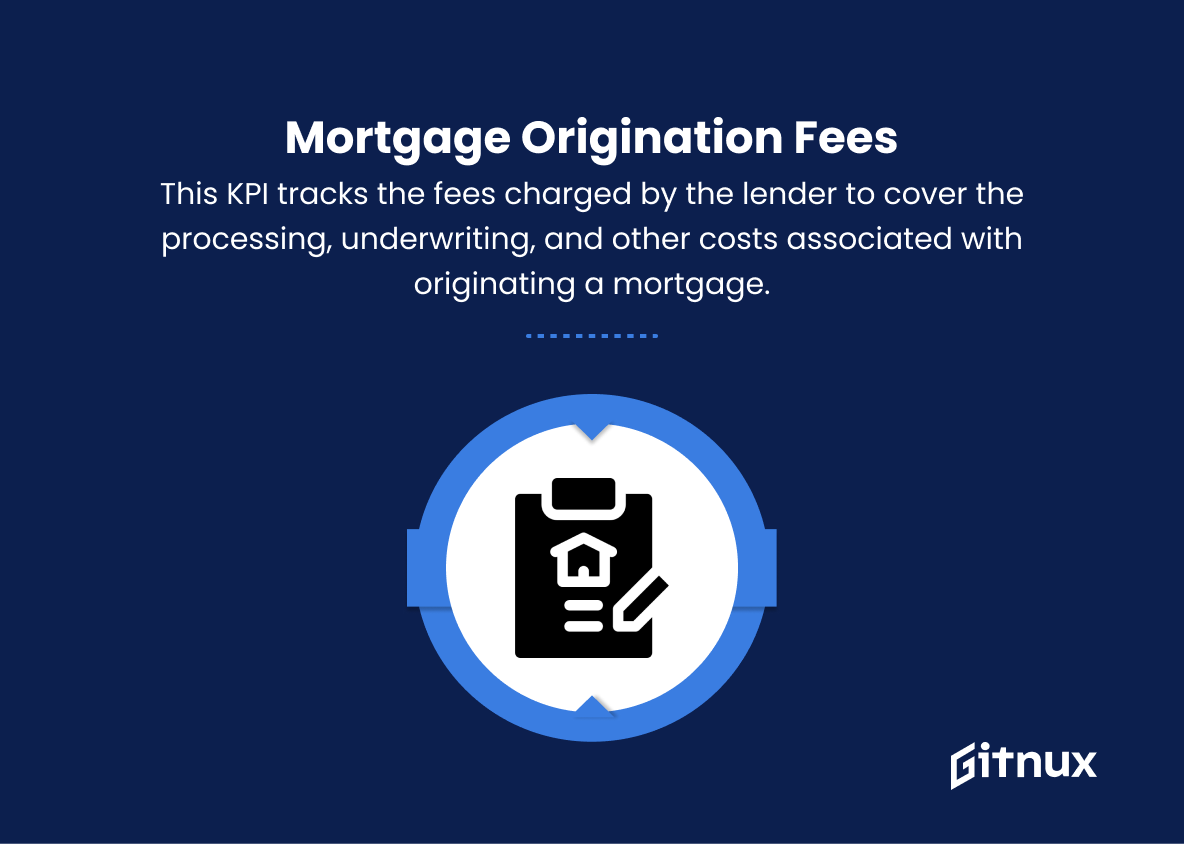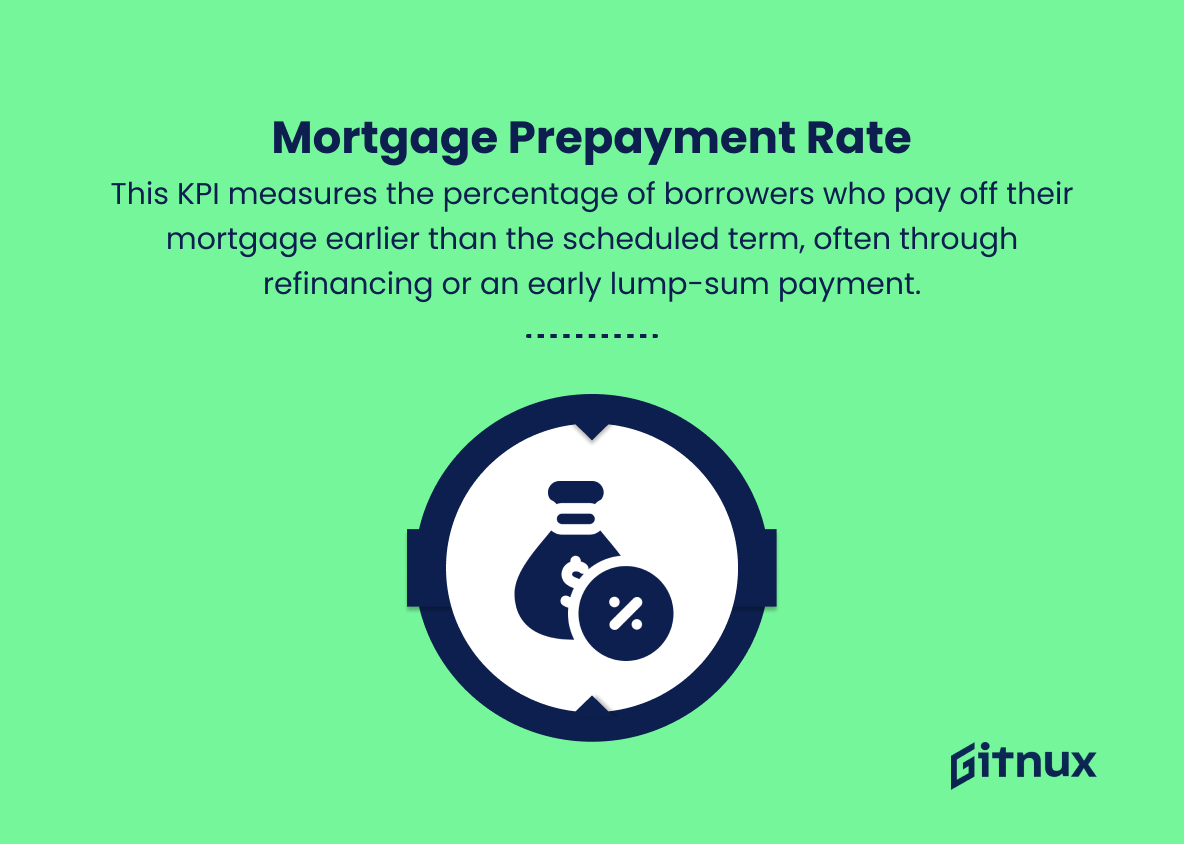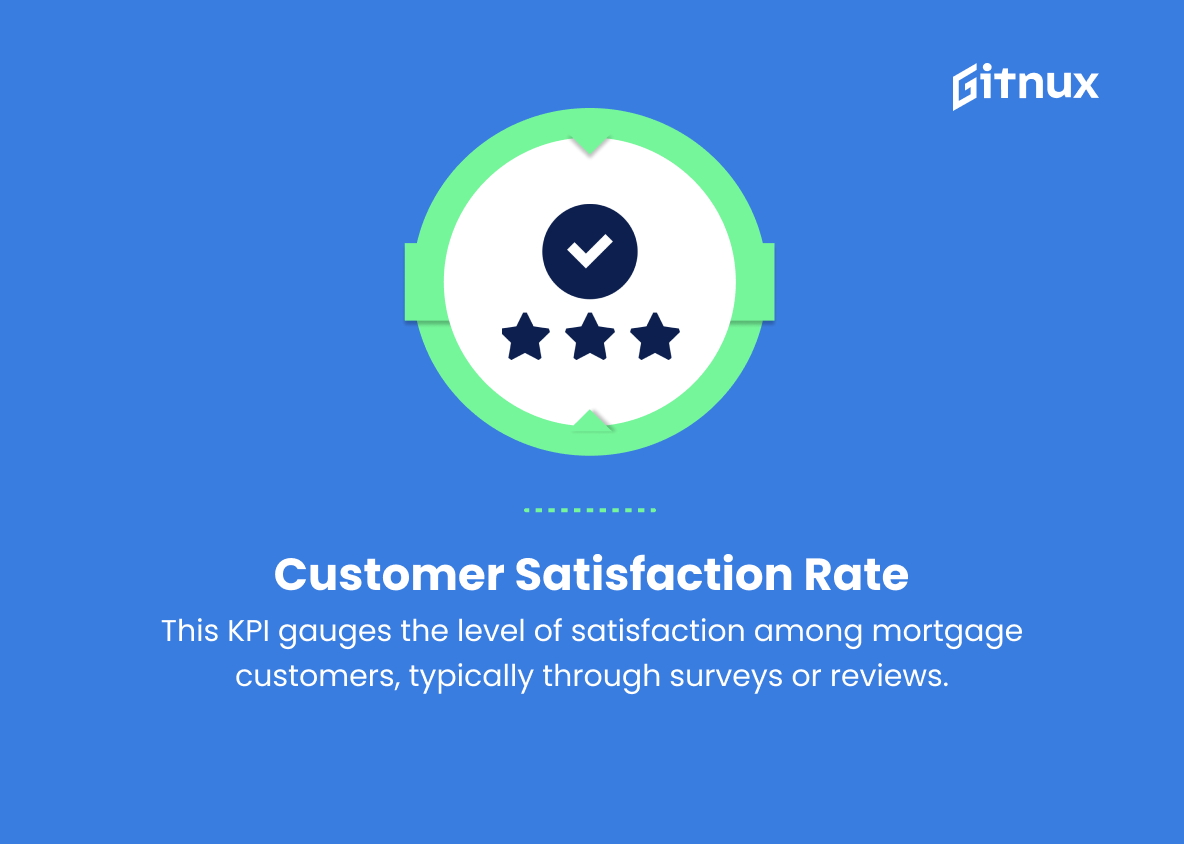In today’s rapidly evolving and highly competitive mortgage industry, it’s essential for lenders and financial institutions to effectively track their performance through well-defined metrics. Mortgage Key Performance Indicators (KPIs) are an invaluable tool that allow these organizations to measure, analyze, and optimize various aspects of their operations, helping them stay ahead of the curve and maintain a strong position in the marketplace.
In this blog post, we will explore the importance of mortgage KPIs, discuss the key metrics lenders need to keep an eye on, and explore best practices for improving the overall efficiency and success of your mortgage business.
Mortgage KPIs You Should Know
1. Mortgage Application Volume
This KPI tracks the total number of mortgage applications received within a specific time period. It provides an overview of the demand for mortgages and helps institutions understand their potential business pipeline.
2. Mortgage Approval Rate
This KPI measures the percentage of mortgage applications that are approved by the lender. A high approval rate may indicate a streamlined underwriting process or a more lenient risk tolerance, while a low approval rate might reflect strict lending criteria.
3. Time to Process Mortgage Applications
This KPI measures the average time taken to process and approve or decline a mortgage application. Shorter processing times are desirable and can improve customer satisfaction, while longer times may indicate inefficiencies in the processing system.
In today’s rapidly evolving and highly competitive mortgage industry, it’s essential for lenders and financial institutions to effectively track their performance through well-defined metrics.4. Mortgage Origination Fees
This KPI tracks the fees charged by the lender to cover the processing, underwriting, and other costs associated with originating a mortgage. Lower fee levels are generally more attractive to customers, helping to drive business and maintain competitiveness.
5. Average Loan-to-Value (LTV) Ratio
This KPI measures the average ratio of loan amount to the property’s appraised value. A higher LTV ratio indicates more risk exposure for the lender. Monitoring this KPI helps manage risk and maintain a healthy overall lending portfolio.
Mortgage KPIs are essential tools for lenders to gain insights into their business operations and risk exposure.6. Mortgage Delinquency Rate
This KPI measures the percentage of mortgage borrowers who are behind or delayed on their mortgage payments. A higher delinquency rate can indicate a greater risk of default, which impacts both the lender’s profitability and reputation.
7. Mortgage Default Rate
This KPI tracks the percentage of mortgages that have defaulted, resulting in a loss for the lender. A lower default rate is desirable, as it indicates efficient underwriting and risk management practices.
8. Mortgage Prepayment Rate
This KPI measures the percentage of borrowers who pay off their mortgage earlier than the scheduled term, often through refinancing or an early lump-sum payment. Prepayment can impact the lender’s profitability, as it reduces the amount of interest collected over the life of the loan.
9. Customer Satisfaction Rate
This KPI gauges the level of satisfaction among mortgage customers, typically through surveys or reviews. A high customer satisfaction rate is essential for customer retention and attracting new business through word-of-mouth recommendations.
10. Mortgage Portfolio Growth Rate
This KPI measures the percentage increase in the total value of a lender’s mortgage portfolio over a specific period. A positive growth rate indicates that the lender is successfully attracting new business and generating income from mortgage lending operations.
Mortgage KPIs Explained
Mortgage KPIs are essential tools for lenders to gain insight into their business operations and risk exposure. Mortgage Application Volume measures the demand for mortgages and helps lenders determine their potential pipeline. Mortgage Approval Rate evaluates the efficiency and risk tolerance of the underwriting process, while Time to Process Mortgage Applications reveals the effectiveness of the institution’s processing system. Mortgage origination fees impact a lender’s competitiveness and attractiveness to borrowers, and the average loan-to-value ratio helps manage risk within the loan portfolio.
Mortgage delinquency and default rates provide critical information about borrower repayment behavior and lender profitability. The Mortgage Prepayment Rate assesses the impact of prepayments on the lender’s bottom line. Customer Satisfaction Rate is a key indicator of a lender’s ability to retain customers and attract new business. Finally, the Mortgage Portfolio Growth Rate helps lenders understand their success in generating income from their mortgage lending operations. Overall, these KPIs play a critical role in shaping a mortgage lender’s decision-making processes and risk management strategies.
Conclusion
Understanding and analyzing mortgage KPIs plays a critical role in the efficiency and success of any lending institution. Keeping a close eye on these valuable metrics allows financial professionals to make informed decisions, mitigate risk, and improve the overall customer experience.
By consistently tracking mortgage KPIs, institutions can not only meet regulatory requirements, but also pave the way for sustainable and competitive growth in the ever-evolving mortgage landscape. Investing time and resources in maintaining and optimizing these measures will ultimately lead to a robust and vibrant mortgage industry that benefits both lenders and borrowers.
